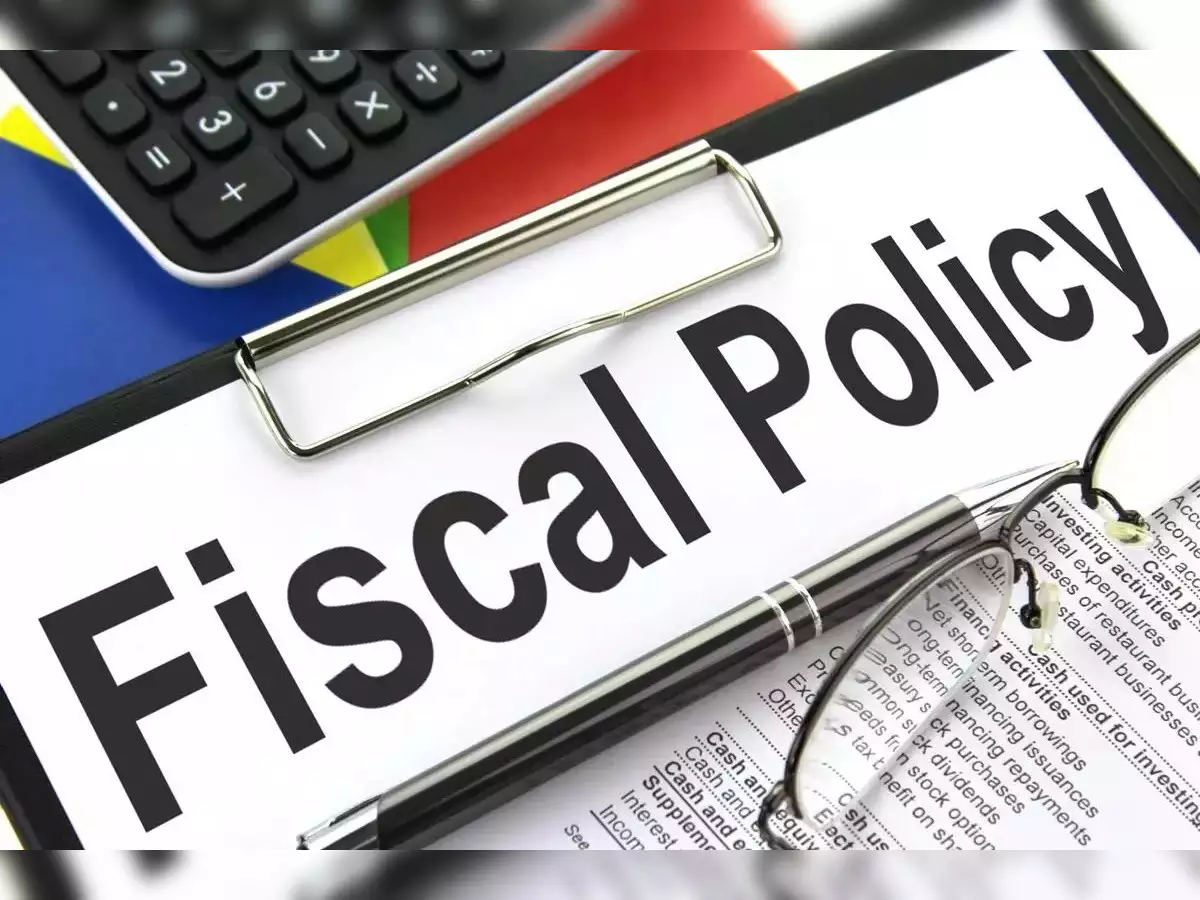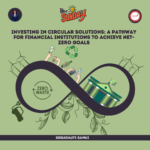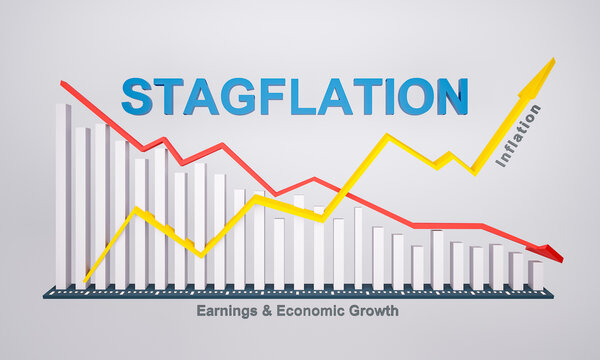
Scenario Till Now
The Indian economy has faced difficulties in the last three years due to various global events such as the Covid-19 pandemic, the Russian invasion of Ukraine, and the US central bank’s restrictive monetary policy. These events had a ripple effect on the world economy and India was not immune. The informal sector of India, which is substantial in size, was greatly affected by Covid, causing widespread job and income losses. To support food security and fertilizer subsidies, the government increased its spending, leading to a rise in the fiscal deficit. There were rising rates in US which led to capital outflow and also Indian rupee depreciated by 11 per cent.
As in December 2022, the country’s economy is in a much better shape. India is currently the fastest growing big economy in the world. This year, it’s expected that the country’s economy will grow by 7%, which is about 3% more than any other big economy. Next year, India is still expected to be the fastest growing big economy. This growth has resulted in more tax money coming in than expected, and the banking sector is doing well with low bad loans. Also, 17% growth in credit is a good sign.
Expectations from the budget
In India, despite being managed, the fiscal and current account deficits remain substantial. Maintaining financial stability will require reducing these deficits. The government is expected to meet its budgeted fiscal deficit target of 6.4% of GDP due to robust tax collections and a projected nominal GDP growth of 15.1%. However, this favorable situation may not continue in the future. In light of these challenges, it is crucial for the Finance Minister to maintain a fiscal deficit target of 5.8% for the fiscal year 2024 to ensure financial stability through fiscal discipline.
Budget 2023-2024
The recent Union Budget presented by India’s Finance Minister Nirmala Sitharaman has set a target of reducing the fiscal deficit to 5.9% of GDP, a lower figure compared to the 6.4% budgeted for 2022-23 and the 6.7% of 2021-22. The budget aims to stimulate economic growth through an increase in capital spending, which has been boosted by 33% to ₹10 lakh crore ($122 Billion) and accounts for 3.3% of GDP. The overall budget size for 2023-24 stands at ₹45 lakh crores ($550 Billion), up from the previous year’s ₹41 lakh crores ($500 Billion). The fiscal deficit is the difference between the government’s expenditure and revenues when the former is higher.

The BE for revenue expenditure for FY24 is Rs 35 trillion as against the FY23 RE of Rs 34.59 trillion and BE of Rs 31.9 trillion. This means that most of the increase in expenditure for the next year is in capital expenditure.
To further support states with capital investments, the government has extended 50-year, interest-free loans with an allocation of ₹1.3 lakh crores for 2023-24. Due to the Covid-19 pandemic, the fiscal deficit limits set under the FRBM Act were suspended, but the government now has more flexibility due to the merging of the Pradhan Mantri Garib Kalyan Anna Yojana and the National Food Securities Act, leading to a decrease in the food and fertilizer subsidy bill. The budget also takes advantage of the current low oil prices, cheaper fertilizers, and softer food and commodity prices. Two years of the pandemic and a year of supply-chain disruption due to war in Europe required flexibility.

While the increased capital expenditure and support for states is a positive signal for investment activity, the government’s ability to reach its target of reducing the fiscal deficit will depend on various factors such as the success of its revenue-generating measures, the global economic conditions, and the effectiveness of its expenditure control measures. The government’s goal of reducing the fiscal deficit to 4.5% by 2025-26 is challenging, but achievable if its policies are implemented effectively.
A Partner at Deloitte India, stated that the Budget has effectively addressed both market expectations and practical considerations. It strikes a balance between fiscal consolidation and investing in capital creation. The projected fiscal deficit of 5.9% of GDP, along with a cautious growth in tax revenue, appears achievable and is in line with market expectations.
To finance the fiscal deficit in 2023-24, the government plans to borrow money from the market through dated securities. This is estimated to be 11.8 lakh crore. The remaining balance will be financed through small savings and other sources, with a gross market borrowing estimated at 15.4 lakh crore. According to Aditi Nayar, Chief Economist at ICRA, the fiscal deficit for the fiscal year 2023 was maintained at 6.4% of GDP, as expected. Despite an increase, the nominal GDP was able to absorb the overshoot. However, the fiscal deficit and borrowing estimates for the fiscal year 2024 are higher than predicted due to a noticeable increase in capital expenditure.
A Partner at Deloitte India, stated that the Budget has effectively addressed both market expectations and practical considerations. It strikes a balance between fiscal consolidation and investing in capital creation. The projected fiscal deficit of 5.9% of GDP, along with a cautious growth in tax revenue, appears achievable and is in line with market expectations. In simpler terms, the budget outlines the government’s plans to make sure its income covers its expenses and reduce the amount of money it has to borrow. The government aims to reduce the amount it spends compared to the amount it earns and is making steady progress towards its goal of reducing the fiscal deficit to 4.5% of GDP by 2025-26. To finance any remaining expenses, the government plans to borrow money from the market and from small savings. The budget has sparked a feeling of optimism, as the Indian economy is projected to grow by 7% during the fiscal year 2023, while many other economies around the world are facing a recession.
References
https://economictimes.indiatimes.com/news/economy/policy/budget-2023-24-sitharaman-sticks-to-the-fiscal-glide-path-lowers-deficit-target-to-5-9/articleshow/97516389.cms
https://www.business-standard.com/budget/article/union-budget-2023-fm-sticks-to-fiscal-plan-targets-5-9-deficit-in-fy24-123020100602_1.html
https://www.investindia.gov.in/team-india-blogs/budget-2023-post-pandemic-fiscal-deficit-recovery
https://unacademy.com/content/railway-exam/study-material/economics/fiscal-deficit-of-india/
-TJEF Editor
Bhagavath





























Leave a comment